Fire Extinguisher Integration in Historic Homes: Expert Installation for Safety
In historic Spring Lake buildings, fire safety requires a balance between preserving architectural d…….
Introduction
In the community of Spring Lake, the integrity and safety of its buildings and inhabitants are paramount. Fire Alarm System Installation Spring Lake represents a critical infrastructure component that safeguards lives and properties from the perils of fire. This comprehensive article delves into the intricacies of installing fire alarm systems in this town, highlighting the importance of robust, reliable, and up-to-date fire safety measures. Readers will gain an understanding of the technicalities involved, the impact on local economies, and the broader implications for public safety.
Understanding Fire Alarm System Installation Spring Lake
A Fire Alarm System Installation in Spring Lake is a comprehensive network that detects smoke, fire, carbon monoxide, and other hazardous environmental changes to activate an alarm and take further actions in response to an actual or potential fire. The system typically consists of manual fire alarm activation devices, automatic detection devices, signal initiating devices, control units, notification appliances, and wiring and power supplies.
Historically, the evolution of fire alarm systems has been driven by advancements in technology, increasing awareness of fire safety, and stringent regulations aimed at minimizing fire risks. These systems are integral to modern fire protection strategies, providing an early warning system that can save lives and reduce property damage.
Global Impact and Trends
The importance of fire alarm systems extends beyond Spring Lake, influencing global trends in fire safety and building codes. International organizations like the National Fire Protection Association (NFPA) and the International Fire Code (IFC) set standards that are widely adopted across different regions. These standards ensure a consistent level of fire protection and safety worldwide.
Trends in fire alarm systems include the integration of IoT technologies, cloud-based management solutions, and advanced analytics for predictive fire risk assessments. The adoption of these technologies is influenced by factors such as population density, building complexity, and urbanization rates. Regions with high-rise buildings or densely populated areas often lead in adopting the latest fire alarm system advancements.
Economic Considerations
The economic impact of fire alarm systems in Spring Lake is significant. From a local perspective, the installation and maintenance of these systems create jobs and contribute to the economy. On a broader scale, these systems reduce the financial burden on communities by mitigating property damage and minimizing business interruptions.
Market dynamics for fire alarm systems are driven by technological advancements, competitive pricing, and demand from commercial, residential, and industrial sectors. Investment patterns reflect a growing emphasis on smart building solutions that incorporate fire safety as an integral component. In economic terms, the return on investment for fire alarm systems is evident in reduced insurance premiums, lower repair costs, and the protection of assets.
Technological Advancements
Technological advancements have revolutionized fire alarm systems, making them more efficient, reliable, and responsive. Innovations include addressable systems that pinpoint the exact location of a fire, wireless technologies that overcome physical limitations, and AI-driven analytics that predict potential fire risks before they escalate.
The impact of these advancements is profound, with faster response times, reduced false alarms, and more effective fire suppression strategies. Future potential includes the integration of machine learning to continuously improve system performance and the development of systems that can communicate with other building management systems for a holistic safety approach.
Policy and Regulation
The policies and regulations governing fire alarm systems in Spring Lake are comprehensive, mandating their installation in certain types of buildings and ensuring regular maintenance and inspections. The International Building Code (IBC) and local fire codes provide the framework for these requirements, emphasizing the importance of fire safety.
These regulatory frameworks not only protect lives and property but also ensure compliance with national and international standards. They influence the development of fire alarm systems by setting benchmarks for performance, installation, and maintenance protocols.
Challenges and Criticisms
Fire Alarm System Installation in Spring Lake faces challenges such as ensuring interoperability between different systems, maintaining system integrity during power outages, and addressing the concerns of privacy and data security associated with IoT-enabled systems.
To overcome these issues, stakeholders must engage in continuous education and training, adopt best practices for system design and installation, and invest in robust cybersecurity measures. Strategies to address criticism include the development of more user-friendly interfaces, better integration capabilities, and transparent data management policies.
Case Studies
Several case studies exemplify the successful application of fire alarm systems in Spring Lake. One such example is the integration of a state-of-the-art system in a high-rise residential building, which significantly reduced insurance premiums for residents and improved overall safety. Another case involves a local factory that, after installing an advanced fire detection system, avoided what could have been a catastrophic fire incident. These real-world examples underscore the importance of well-designed and maintained fire alarm systems.
Future Prospects
The future outlook for Fire Alarm System Installation in Spring Lake is one of innovation and growth. Emerging trends suggest a continued shift towards smart, connected systems that can learn and adapt to new threats. Strategic considerations include the integration of these systems with other building systems, ensuring cybersecurity measures keep pace with technological advancements, and adapting to the changing needs of a growing population.
Conclusion
Fire Alarm System Installation in Spring Lake plays a critical role in protecting lives and property. It is influenced by global trends, economic considerations, technological advancements, policy and regulation, and addresses challenges through continuous improvement and adaptation. As we look to the future, the focus remains on enhancing safety, efficiency, and reliability while embracing innovation to meet the evolving needs of society.
This detailed guide provides insights into the multifaceted nature of fire alarm systems in Spring Lake, highlighting their importance and potential for growth within the context of global trends and local challenges. As such, it offers a comprehensive overview for stakeholders, including policymakers, building owners, installers, and the community at large, to understand and engage with these critical safety systems.

In historic Spring Lake buildings, fire safety requires a balance between preserving architectural d…….

Fire extinguisher wall brackets are vital for property safety in Spring Lake, complementing Fire Ala…….
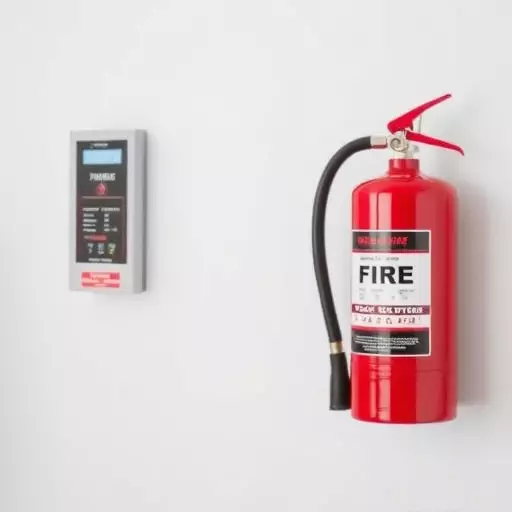
For optimal fire safety in Spring Lake, trust professional installers for tailored fire alarm system…….

Regular maintenance is crucial for fire alarm systems and fire extinguishers in Spring Lake homes, e…….
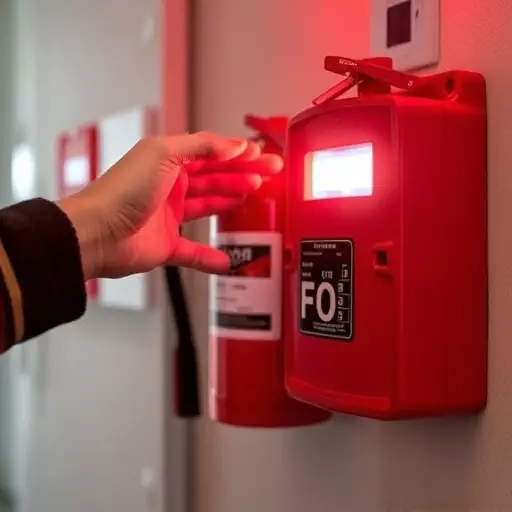
Stringent fire safety regulations in schools necessitate professional fire extinguisher installation…….
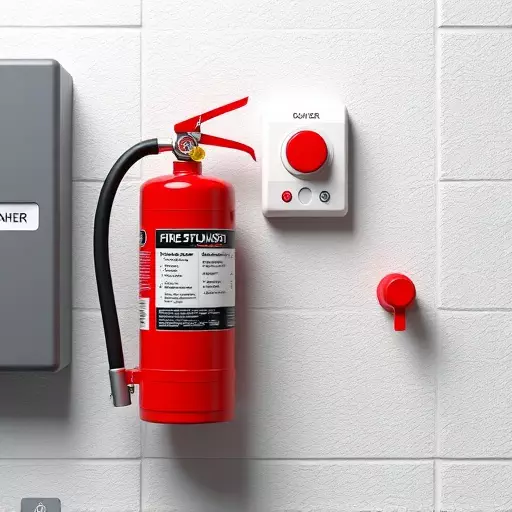
In Spring Lake, professional fire extinguisher installation services cater to diverse settings, offe…….
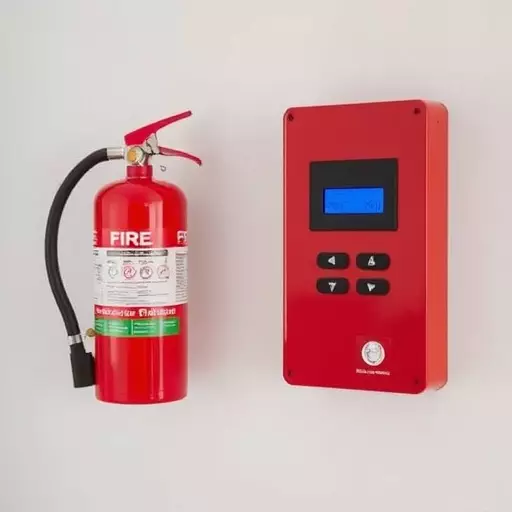
Portable fire extinguishers, paired with a reliable Fire Alarm System Installation Spring Lake, are…….

In Spring Lake, proper fire extinguisher placement is crucial for safety. Local regulations dictate…….
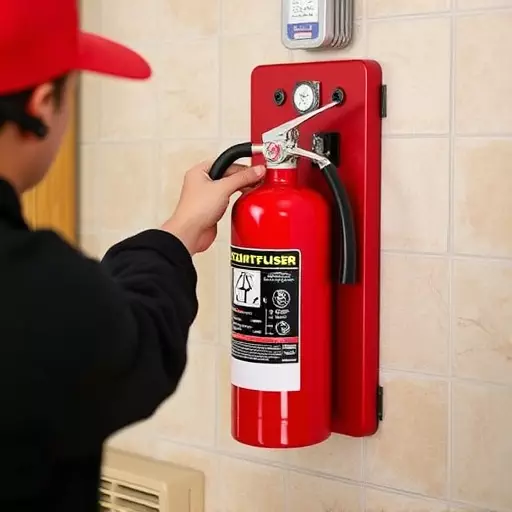
Regular maintenance is essential for fire alarm system installation and residential fire extinguishe…….